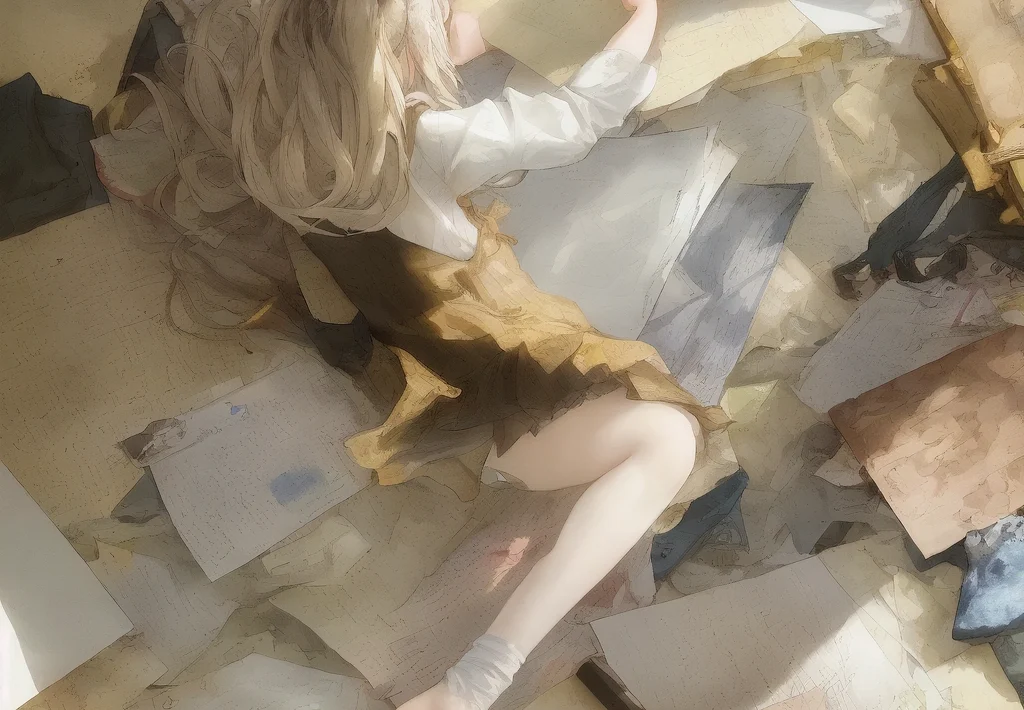
Arts and Culture Past Exam Papers and Memos: Grade 8
South African Facts
Introduction
Arts and Culture play a vital role in shaping the identity and heritage of a nation. South Africa, with its rich and diverse cultural tapestry, has a long and proud history in the arts. This exam paper and memo will explore key facts about South African arts and culture, covering various aspects such as music, dance, literature, visual arts, and cultural heritage.
Music
- Traditional Music: South Africa is renowned for its vibrant traditional music, which includes genres such as Zulu maskanda, Xhosa marabi, and Sotho kwela. These genres are characterized by their use of indigenous instruments, rhythmic patterns, and call-and-response vocals.
- Jazz: South Africa has a rich jazz tradition, with legendary musicians such as Hugh Masekela, Miriam Makeba, and Abdullah Ibrahim. South African jazz is known for its unique blend of traditional African rhythms and Western jazz harmonies.
- Contemporary Music: South Africa’s contemporary music scene is diverse, ranging from hip-hop and rap to pop and rock. Artists such as Die Antwoord, Black Coffee, and Nasty C have gained international recognition for their innovative and experimental music.
Dance
- Traditional Dance: South Africa has a wide variety of traditional dances, each with its own unique style and purpose. Some notable examples include the Zulu indlamu, the Xhosa umthathi, and the Sotho mohobelo.
- Ballet: South Africa has a strong ballet tradition, with the Cape Town City Ballet and the Joburg Ballet being among the most renowned companies. South African ballet dancers have achieved international acclaim for their technical skill and artistry.
- Contemporary Dance: Contemporary dance in South Africa is vibrant and experimental, with choreographers exploring new forms of movement and expression. Companies such as the Moving into Dance Mophatong and the Flatfoot Dance Company have gained recognition for their innovative and thought-provoking work.
Literature
- Indigenous Literature: South Africa has a rich tradition of indigenous literature, with stories and poems passed down through generations. Notable works include the Zulu epic “Ushaka” and the Xhosa novel “U-Noliwe.”
- English Literature: South Africa has produced a number of acclaimed English-language writers, including Nobel laureates Nadine Gordimer and J.M. Coetzee. South African literature often explores themes of race, identity, and social justice.
- Afrikaans Literature: Afrikaans literature has a distinct voice and style, with writers such as Breyten Breytenbach and Etienne van Heerden exploring themes of language, culture, and the Afrikaner experience.
Visual Arts
- Traditional Arts: South Africa has a rich tradition of traditional arts, including beadwork, pottery, and woodcarving. These arts are often used to express cultural identity and tell stories.
- Contemporary Art: South Africa’s contemporary art scene is vibrant and diverse, with artists exploring a wide range of styles and media. Notable artists include William Kentridge, Marlene Dumas, and Zwelethu Mthethwa.
- Public Art: South Africa has a strong tradition of public art, with murals and sculptures adorning public spaces. Public art often reflects the country’s history, culture, and social issues.
Cultural Heritage
- World Heritage Sites: South Africa has nine UNESCO World Heritage Sites, including the Cradle of Humankind, Robben Island, and the Mapungubwe Cultural Landscape. These sites are recognized for their outstanding universal value and cultural significance.
- Intangible Cultural Heritage: South Africa has a number of intangible cultural heritage practices, including the Xhosa initiation rite, the Zulu reed dance, and the Khoisan healing traditions. These practices are passed down through generations and play a vital role in maintaining cultural identity.
- Cultural Institutions: South Africa has a number of cultural institutions, including museums, galleries, and libraries, that preserve and promote the country’s arts and culture. Notable institutions include the Apartheid Museum, the South African National Gallery, and the National Library of South Africa.
Conclusion
South Africa’s arts and culture are a vibrant and diverse tapestry that reflects the country’s rich history, cultural heritage, and social fabric. From traditional music and dance to contemporary art and literature, South African artists and cultural practitioners continue to make significant contributions to the global arts scene. By understanding and appreciating these cultural expressions, we can gain a deeper understanding of South Africa’s past, present, and future.
